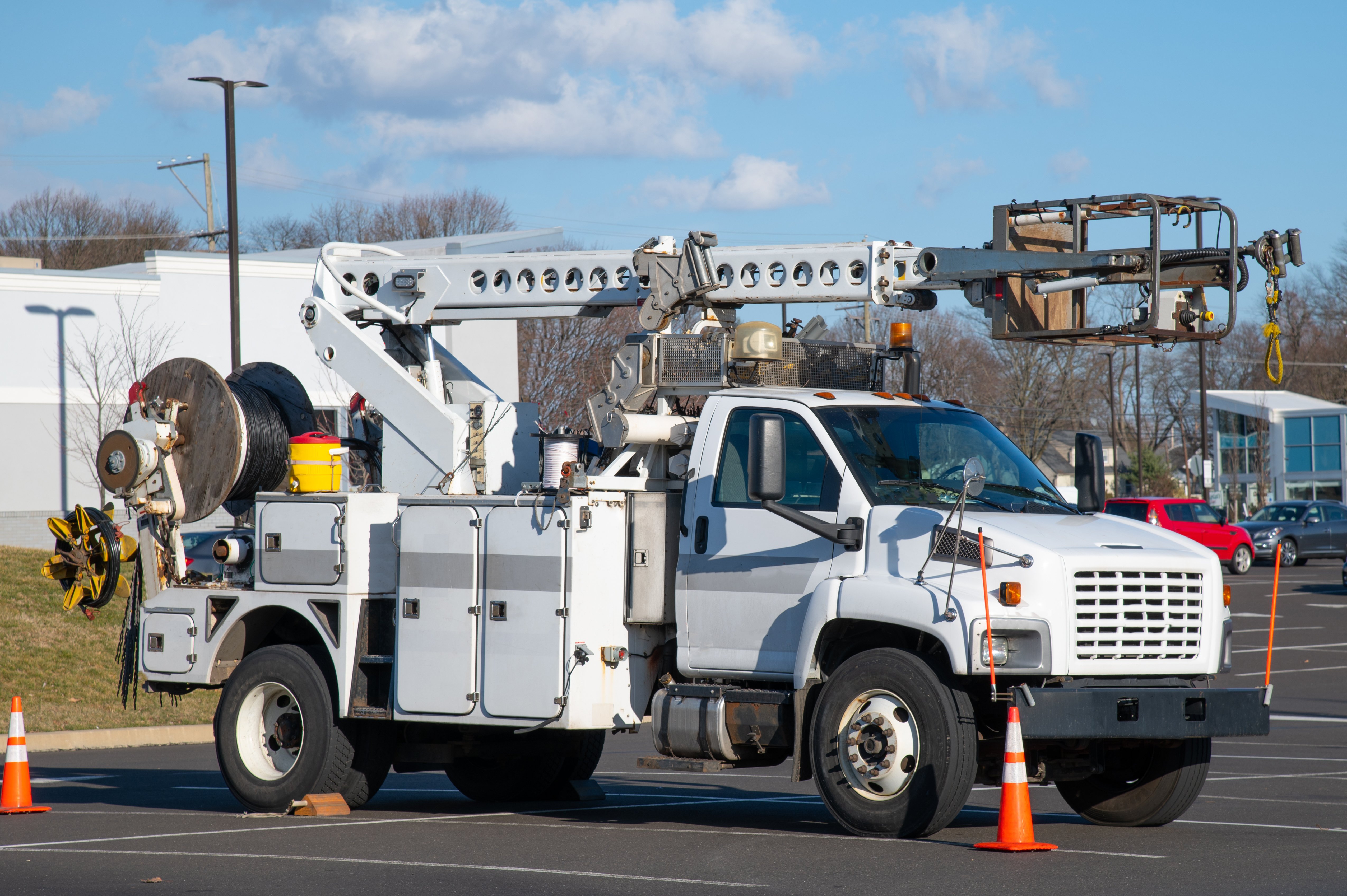
It often feels like there is too much to do in today’s world and not enough time to get it done. So we extend our work hours and attempt to complete our tasks as soon as possible. The downside is that we may not be doing the best thing for ourselves — or our work environment. We’re tired. We’re fatigued. But what can we do?
There’s no question that drowsy driving is a significant problem in the United States. Unfortunately, the risk of falling asleep behind the wheel often leads to tragic results. In 2019, there were 697 deaths resulting from drowsy driving-related crashes in the United States.
Driving while drowsy usually occurs when a driver doesn’t sleep enough at night but can also arise from untreated sleep disorders, possible medications, consuming alcohol before sleeping, or mixing in shift work.
It’s difficult to know precisely when sleep overcomes the body and mind. Nodding off behind the wheel is obviously dangerous, but drowsiness affects your ability to drive safely even if you don’t fall asleep.
Driving drowsy limits your ability to pay attention to traffic, reduces your reaction time if you need to suddenly steer or brake, and prevents you from making good driving choices.
Who is Likely to Drive Drowsy?
So, who is most likely to drive drowsy? Typically, it’s the drivers who fail to get enough sleep. That may seem obvious, but it happens far more than many people may realize. And it often happens to commercial drivers who operate company vehicles, especially for long hours.
Drowsy driving also happens in shift workers who often switch shifts, such as working the day shift followed by a night shift, and drivers who may be taking certain medications that cause them to feel drowsy. In addition, drivers who suffer from any form of sleep disorder, such as sleep apnea or insomnia, may also drive drowsy.
According to the National Highway Traffic Safety Administration, crashes and fatalities resulting from drowsy driving are most likely to happen between midnight at 6:00 a.m. or in the late afternoon. These crashes are more likely to occur on rural roads and highways and typically involve only one driver (with no passengers) running off the road at high speed without braking.
Watch For the Warning Signs
Being aware of what’s going on with your body and mind can be tough, but noticing the warning signs is an essential first step in combating drowsy driving.
Continuous yawning and frequent blinking of the eyes are sure signs you are getting too tired to drive. If you’re having difficulty remembering how you got to your current location, you may have blacked out slightly from fatigue.
Other major warning signs of drowsy driving include drifting out of the lane without realizing it, missing an exit, and unintentionally driving over a rumble strip located on the side of the road. If you have experienced any of these signs of drowsy driving, did you do anything about them, or did you keep driving?
It’s important that these signs are taken seriously. They warn you that you are too tired and at risk of crashing your vehicle if you continue driving, even if you have a short distance remaining.
Exit or pull off the road in a safe location and, especially at night, ensure it’s a well-lit area. Rest until you feel you are fully awake again. A power nap can often solve the problem.
Fatigue vs. Drowsiness?
The terms fatigue and drowsiness are often referred to as being the same, but they are different. Drowsiness is the result of a lack of sleep. Fatigue is quite different and is often defined by having mental or physical exhaustion.
Performing the same task for many hours without a break may cause you to feel fatigued but not necessarily make you feel drowsy. It’s also noted that fatigue can get gradually worse during the length and intensity of the task or activity.
As an example, you may feel fatigued after a long day of working outside or after a long duration of physical activity. Fatigue will often cause you to have low energy but usually does not result in sleepiness.
We all pass through the drowsiness state when falling asleep and it’s not dangerous if you are relaxing at home. However, it certainly turns into an extreme risk when you’re driving a vehicle. This is because our thinking and reaction times slow down, and these changes tend to make us a higher risk on the road.
Preventing Drowsy Driving
Driving several hours each day can increase the chance of drowsy driving occurring. However, drivers can do a few things before getting behind the wheel to help prevent them from becoming drowsy drivers.
1. Get enough sleep
The first tip is one of the most important: get enough sleep. Most adults require a minimum of 7 hours of sleep each night. This being said, most adults should get a range of sleep between 7 and 9 hours of sleep each night.
However, many adults regularly fail to get this recommended amount of sleep. That seriously adds to the possibility of drowsy driving. Attempt to build solid sleeping habits and stick to a sleep schedule. Go to sleep at the same time each day whenever possible.
It is more difficult to focus and concentrate as a driver if you lack sleep regularly. This can cause you to become less alert, and it can affect your coordination, reaction time, and your judgment while driving. In reality, drowsy driving is similar to being an impaired driver.
2. Avoid consuming alcohol before bed
Speaking of impaired driving, avoid consuming alcohol and other sedatives before going to sleep. These substances can often interfere with sleep quality and may cause you to feel drowsy the next day.
Making the attempt to avoid consuming alcohol, even if it’s several hours before you have to drive, is important as alcohol is a depressant and may cause drowsiness hours later. Similarly, limit the use of electronic devices, including your phone, tablet, computer or even watching TV before going to bed.
3. Consult your doctor if you think you have a sleep disorder
If you’ve noticed symptoms of a sleep disorder, you should consult your doctor. A medical professional will be able to suggest possible treatment options. If you need to take medication regularly, ensure you read the label as it too may cause drowsiness. Prior to taking the medication for the first time, speak with your pharmacist if you have any concerns.
4. Take breaks
Breaking your driving hours up into smaller segments can help avoid drowsiness. Your body’s internal clock will want you to get some sleep during your normal sleep time. When working a night shift, add more frequent breaks into your driving schedule. Getting out and moving around can help avoid becoming drowsy while driving and helps to recharge your batteries.
Since most drowsy driving occurs when people are alone, invite a co-pilot to share some of the driving duties. Plus, the conversation can help keep you more alert.
5. Eat well and be careful with caffeine consumption
Eating healthy is an excellent way to prevent drowsy driving. Foods with high fat content can cause drowsiness, so avoid eating those types of foods. Although many drivers drink caffeinated beverages to help them stay awake and alert, the effects of caffeine will wear off. Caffeine is a stimulant that makes you alert for a short period of time, but when it wears off you’ll likely become drowsy again.
Be careful of some of the known tricks to help you stay awake. For example, some drivers have used fresh air from open windows, air conditioning, or turning the music up loud to avoid falling asleep. Instead of using these tricks, pulling over to stop and let your body get the rest it needs is a much better and safer choice to avoid drowsy driving.
For more tips on how healthy mood, food, and sleep habits help you stay safer behind the wheel, check out our Fit to Drive e-book. And for additional information to keep your drivers alert and safe on the road, get Smith System’s Driving Drowsy E-Learning course.










